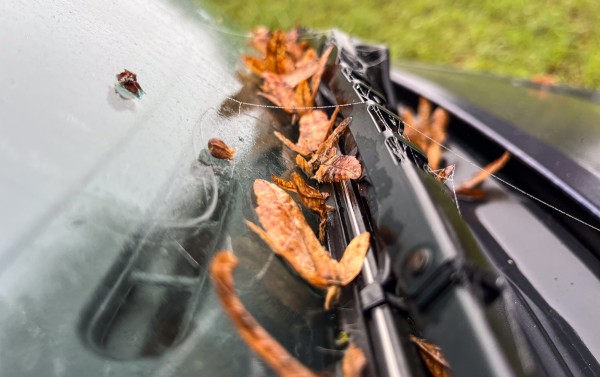Autumn is just around the corner, which means dirt on the streets, falling leaves and frequent rain. As a result, dirt and rainwater tend to collect in the top drains and the sill drains. The result is an accumulation of rainwater, which is also responsible for the usual rust problems of the MX-5. We'll show you where the drains are located and how we clean them in our workshop.
As already mentioned, rainwater tends to collect in the drains on the top and sills. You can hear the water in the sill sloshing forward and backward when accelerating and braking. Immediate action is required here to prevent the sills from rusting from the inside out! The clogged top drains usually only become apparent later through the formation of mold on the corners of the rear carpet. However, clogged top drains are just as damaging as clogged sill drains.
Let's first come to the sill drains:
These can be found at the front and back on the lower edge of the sill and are usually clogged with dirt or deformed due to incorrect positioning of the jack, so that rainwater can no longer drain here. You can simply pierce these again with a slightly thicker wire if dirt has accumulated here. If these have been deformed by lifting with a jack, they must first be carefully returned to their original shape. As a rule, you notice a clogged drain relatively quickly when cleaning because the water runs straight over your hand. You can find pictures of the positions of the respective processes in the pictures on this blog.
These drains should be checked regularly for flow, otherwise rainwater will collect in the sills and the sill will rust from the inside out.
Now we move on to cleaning the top drains:
The top drains can be found in the corners behind the belt towers. Here the carpet has to be lifted in the corners in order to reach the drains. If the water is coming from here, it can usually be discovered now because the hole is blocked by leaves and dirt. You can now insert a long pipe cleaner or alternatively a wire or thin hose into the hole in the middle of the plastic cover to loosen the blockage. If the cleaning utensil of your choice is long enough, you can go through it completely and pull it out again at the bottom. Long pipe cleaners are ideal for this, as the bristles bring even the last bits of dirt out of the drain to the light of day. You can then check the clean flow using a watering can on the top drain. As long as clean water runs out at the bottom in the same amount as you pour it in at the top, the drain is clean and tight. Of course, this process exists on the left and right of the vehicle. We have also provided you with pictures of this in this blog.
When was the last time you cleaned your drains? Do you have a different approach to cleaning? Share your experiences with us in the comments!
Your SPS Motorsport team




